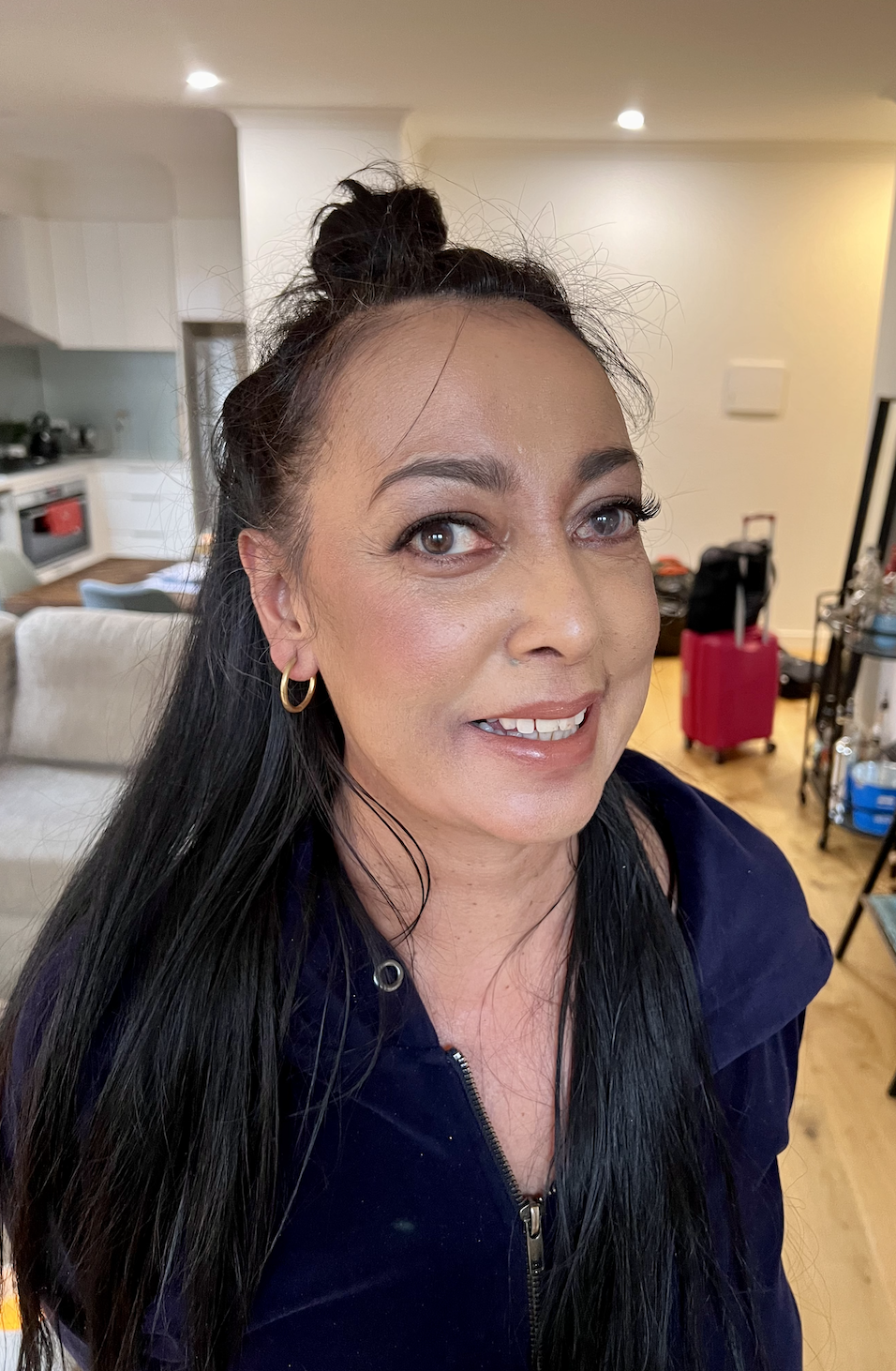The Art of Color Correcting: Tips for Concealing and Correcting Skin Imperfections
As a makeup artist, it's important to have an understanding of color theory and how it applies to correcting skin imperfections. Color correcting involves using colors that are opposite on the color wheel to neutralize and conceal skin discoloration, including dark circles, redness, and hyperpigmentation.
Here are some tips for color correcting:
Identify the problem areas: Before applying any makeup, identify the problem areas on the client's skin. This will help you determine which colors to use for color correcting.
Use the right color corrector: Use a color corrector that's opposite on the color wheel to neutralize the discoloration. For example, use green to neutralize redness, peach or orange to conceal dark circles, and purple to neutralize yellow undertones.
Apply color corrector before foundation: Apply the color corrector before foundation to ensure that the corrector is not diluted or blended away by the foundation.
Blend, blend, blend: Blend the color corrector into the skin using a brush or a sponge. Be sure to blend the edges well to avoid any harsh lines.
Use the right foundation: Use a foundation that matches the client's skin tone to cover the color corrector and even out the skin tone.
Don't overdo it: It's important to use a light hand when color correcting. Overcorrecting can result in an unnatural and cakey look.
Facial redness and pigmentation - before makeup application
Colour correcting - excellent makeup application by my graduate Jordan Cook
Pigmentation and Facial Redness


